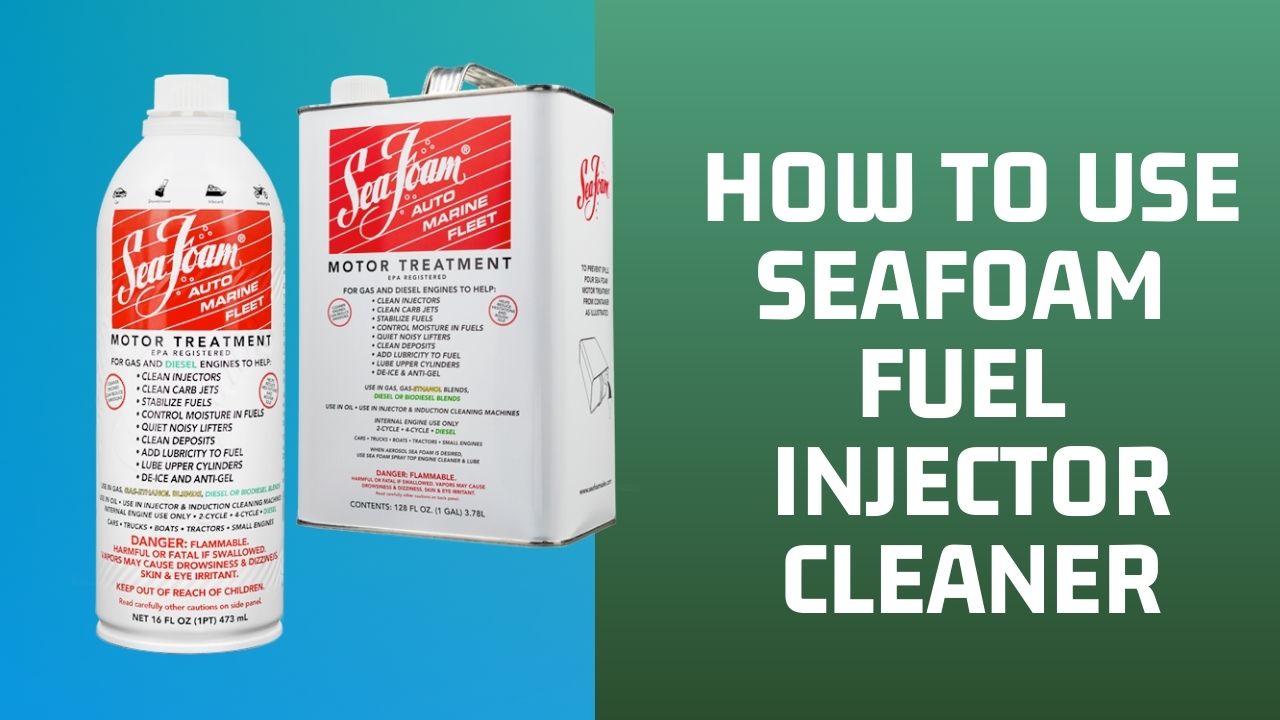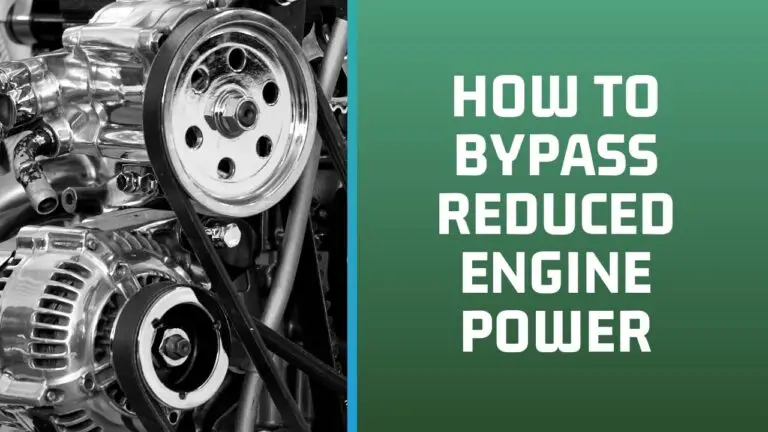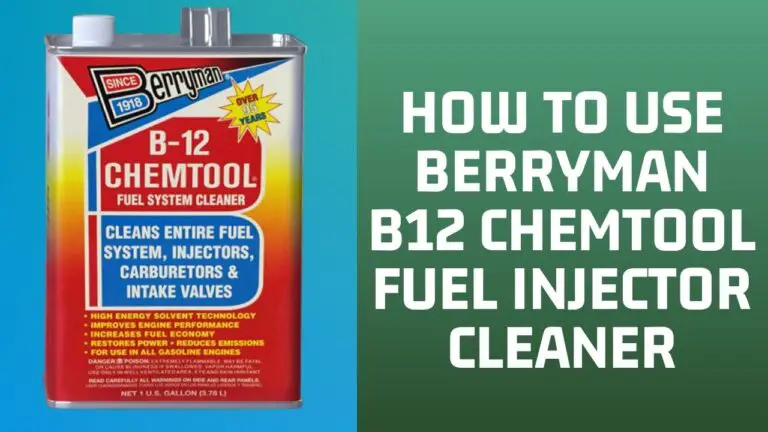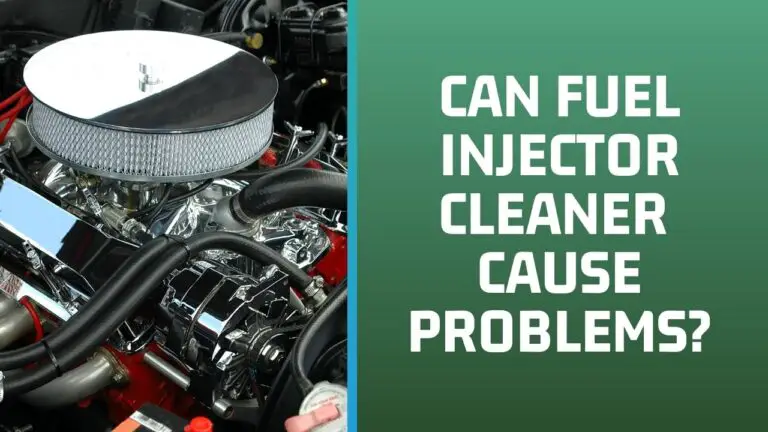Sea Foam cleaner cleans diesel or gasoline fuel system. So it’s safe for your vehicle. The more Sea Foam you add to the fuel, the better it cleans the inside of your ride.
Using Seafoam Fuel Injector Cleaner is a straightforward process that can help clean your vehicle’s fuel system and improve its overall performance. Here’s a step-by-step guide on how to use Seafoam Fuel Injector Cleaner effectively:
Materials You’ll Need:
- Seafoam Fuel Injector Cleaner
- Safety Gloves and Eye Protection (for your safety)
- Fuel Additive Funnel (optional but recommended)
Steps to Use Seafoam Fuel Injector Cleaner:
- Choose the Right Product: Ensure you have the correct type of Seafoam Fuel Injector Cleaner for your vehicle’s fuel system. Read the product label for compatibility and instructions.
- Safety Precautions:
- Put on safety gloves and eye protection to avoid direct contact with the product.
- Park Your Vehicle:
- Park your vehicle in a well-ventilated area, preferably outdoors.
- Make sure the engine is turned off and cool before you begin.
- Read the Instructions: Carefully read and follow the instructions provided on the product label. Different products may have slightly different usage instructions, so it’s important to follow the manufacturer’s recommendations.
- Locate the Fuel Filler Cap:
- Open your vehicle’s fuel filler cap to access the fuel tank.
- Optional: Use a Fuel Additive Funnel:
- Using a funnel designed for fuel additives can help prevent spillage and ensure accurate pouring.
- Add the Cleaner to the Fuel Tank:
- Pour the recommended amount of Seafoam Fuel Injector Cleaner into the fuel tank.
- The amount to add will depend on the size of your vehicle’s fuel tank and the concentration recommended on the product label. Follow these recommendations closely.
- Refuel Your Vehicle:
- After adding the cleaner, refill the fuel tank with the appropriate type of gasoline.
- This will help mix the cleaner with the fuel and distribute it throughout the fuel system.
- Start Your Vehicle:
- Start your vehicle’s engine and let it idle for a few minutes to allow the cleaner to mix with the fuel and reach the fuel injectors.
- Drive Your Vehicle:
- Take your vehicle for a drive after adding the cleaner to the fuel tank.
- Driving helps the cleaner to be drawn into the fuel injectors, intake valves, and other components, effectively cleaning the fuel system.
- Observe Performance:
- Pay attention to any improvements in your vehicle’s performance, such as smoother idling, improved acceleration, or better fuel efficiency.
- Repeat as Needed:
- Depending on the condition of your fuel system, you might need to use Seafoam Fuel Injector Cleaner periodically for maintenance. Follow the manufacturer’s recommendations for frequency of use.
- Direct Injection Engines (Optional):
- For vehicles with direct injection engines, you can also use Seafoam Spray to clean the intake valves and combustion chambers. Follow the specific instructions for Seafoam Spray usage.
- Dispose of Packaging:
- Dispose of the product packaging and any remaining cleaner according to your local regulations for hazardous waste.
Advantages of Seafoam Fuel Injector Cleaner:
- Improved Fuel System Performance: One of the primary advantages of using Seafoam Fuel Injector Cleaner is the potential for improved fuel system performance. It can help remove carbon deposits and other contaminants from fuel injectors, intake valves, and combustion chambers, leading to smoother engine operation, better fuel efficiency, and reduced emissions.
- Easy to Use: Seafoam Fuel Injector Cleaner is easy to use. You simply add it to your vehicle’s fuel tank, and it gets mixed with the gasoline as you drive.
- Versatility: Seafoam Fuel Injector Cleaner is compatible with gasoline and diesel engines, making it suitable for a wide range of vehicles, including cars, trucks, motorcycles, and boats.
- Maintenance: Regular use of Seafoam can help maintain a clean fuel system, preventing the buildup of carbon deposits and other contaminants. This can extend the life of your vehicle’s engine components and reduce the need for costly repairs.
- Combats Ethanol-Related Issues: Seafoam is known for its ability to address problems associated with ethanol-blended fuels. It can help prevent phase separation and stabilize fuel, which is particularly beneficial for small engines, such as those in lawnmowers or boats, that are prone to ethanol-related issues.
Disadvantages of Seafoam Fuel Injector Cleaner:
- Effectiveness Varies: The effectiveness of Seafoam Fuel Injector Cleaner can vary depending on the condition of your vehicle’s fuel system and the severity of carbon buildup. In some cases, extensive carbon deposits may require multiple treatments or a more intensive cleaning process.
- Temporary Solution: While Seafoam can provide short-term improvements in fuel system performance, it is not a permanent solution to underlying engine or fuel system problems. It should be used as part of a regular maintenance routine.
- Cost: The cost of using Seafoam regularly can add up over time, especially if you have multiple vehicles. There are other fuel injector cleaners on the market that may be more cost-effective.
- Compatibility: Although Seafoam is generally compatible with most vehicles, it’s essential to ensure it’s suitable for your specific engine and fuel type. Always check the product label for compatibility before use.
FAQs About Seafoam Fuel Injector Cleaner:
1. How often should I use Seafoam Fuel Injector Cleaner?
- The frequency of use depends on your vehicle’s condition and usage. As a general guideline, using it every 3,000 to 5,000 miles or as the manufacturer recommends can help maintain a clean fuel system.
2. Can Seafoam Fuel Injector Cleaner fix engine problems?
- Seafoam can help address some performance issues caused by carbon deposits, but it is not a substitute for diagnosing and repairing underlying engine problems. If your vehicle is experiencing significant issues, consult a mechanic.
3. Is Seafoam safe for my vehicle?
- Seafoam is generally safe for most vehicles when used as directed. It is compatible with gasoline and diesel engines. However, always check the product label for compatibility with your vehicle and engine type.
4. Can Seafoam Fuel Injector Cleaner Harm My Engine?
- Seafoam is not known to harm engines when used according to the manufacturer’s instructions. However, using excessive amounts or not following the recommended dosage can cause issues.
5. Can I use Seafoam in a motorcycle or small engine?
- Yes, Seafoam is suitable for motorcycles and small engines. It can help address fuel system issues and stabilize fuel in such applications.
Treatment Recommendations of Seafoam Injector Cleaner
You can use this often to eliminate rough idling, hard starts, and hesitations.
For the best results, you should add to every fuel tank filling. That helps you maintain top engine performance.
ALSO SEE: How to Use STP Fuel Injector Cleaner?

How Long does it take for Seafoam to Clean Injectors?
Seafoam takes 5 to 15 minutes to soak into the deposit buildup.
Once the soakup is completed, restart the engine and operate/drive for 30 miles.
Summary
Sea Foam IC5 Injector Cleaner is majorly formulated to aid in the cleanup of fuel injectors and restore injector spray patterns to enjoy better engine performance and power.
Remember that regular maintenance and adhering to your vehicle manufacturer’s recommended service intervals are essential for maintaining a clean and efficient fuel system. Seafoam Fuel Injector Cleaner is a tool to aid this process, but it’s not a substitute for regular maintenance practices.







